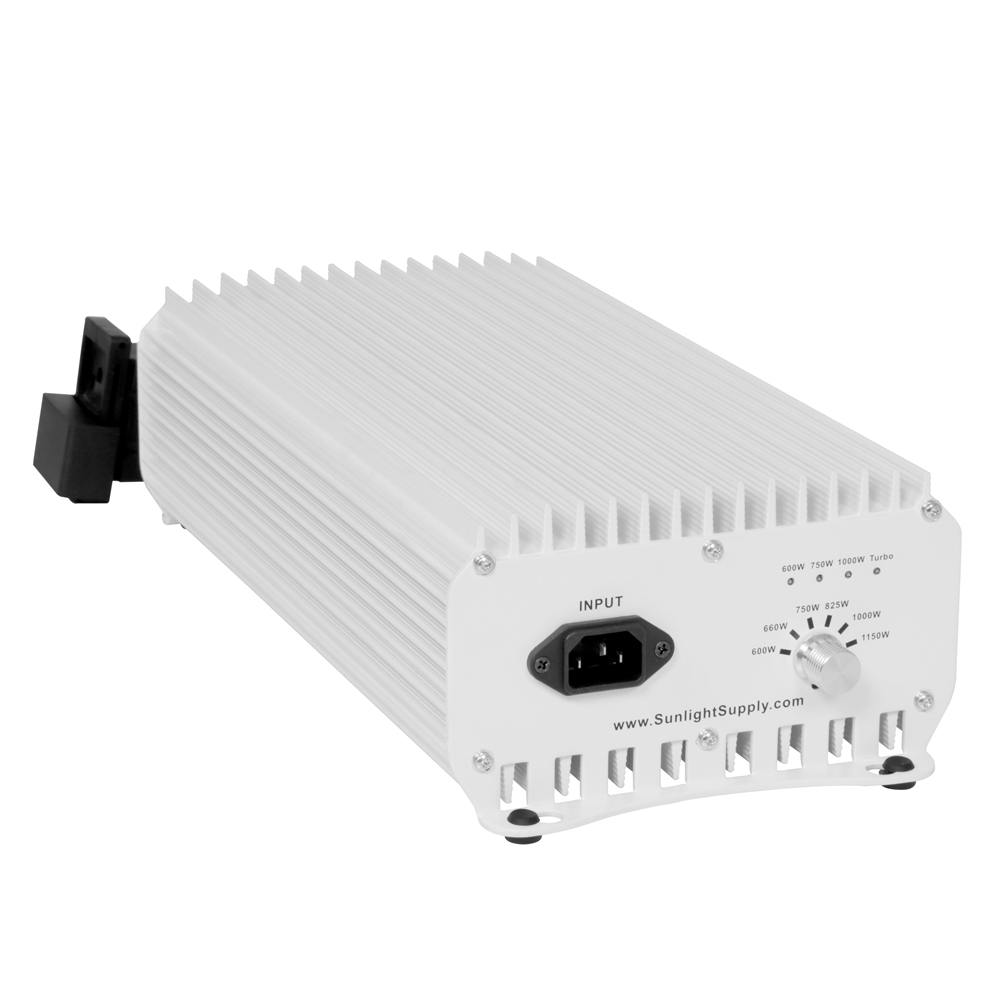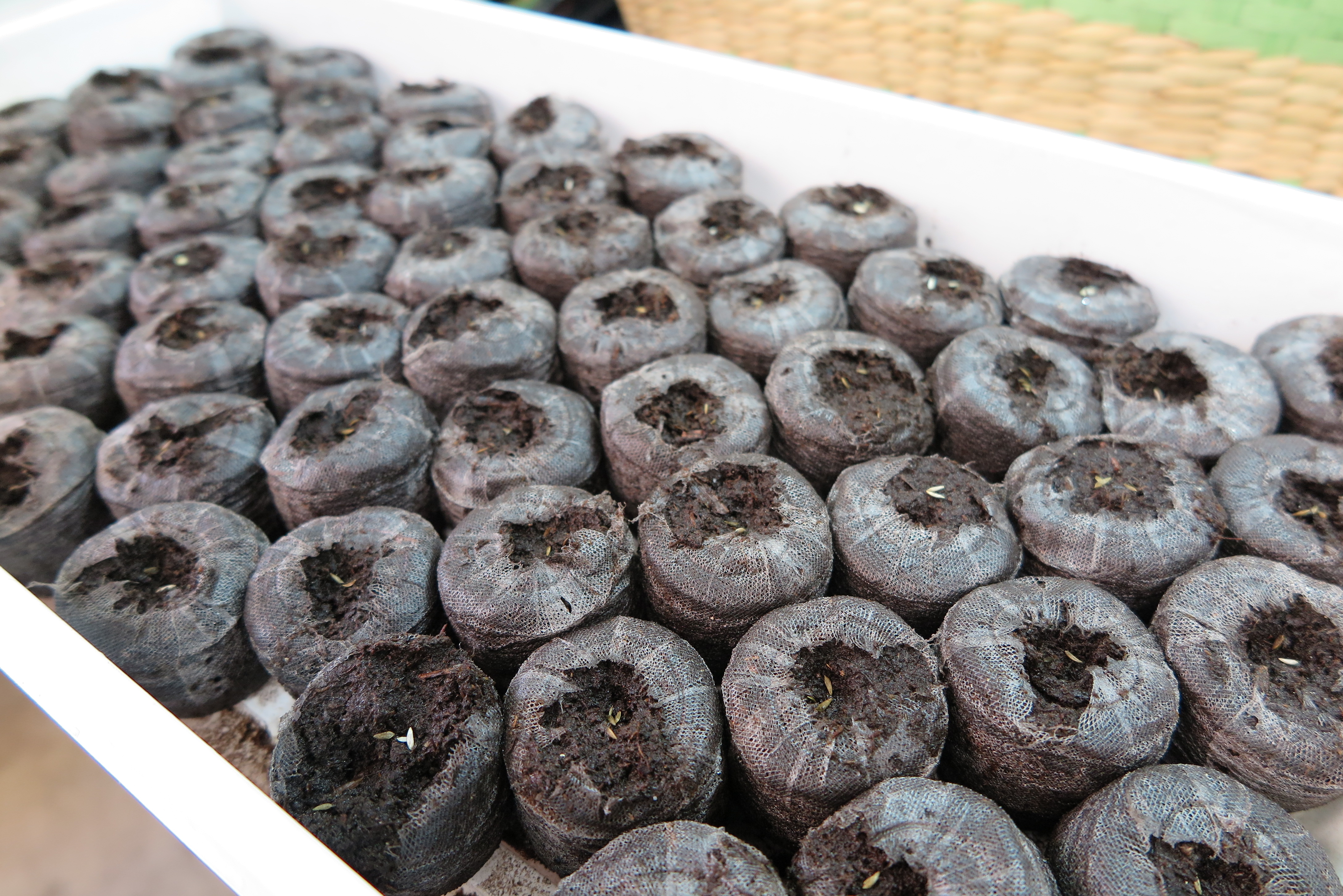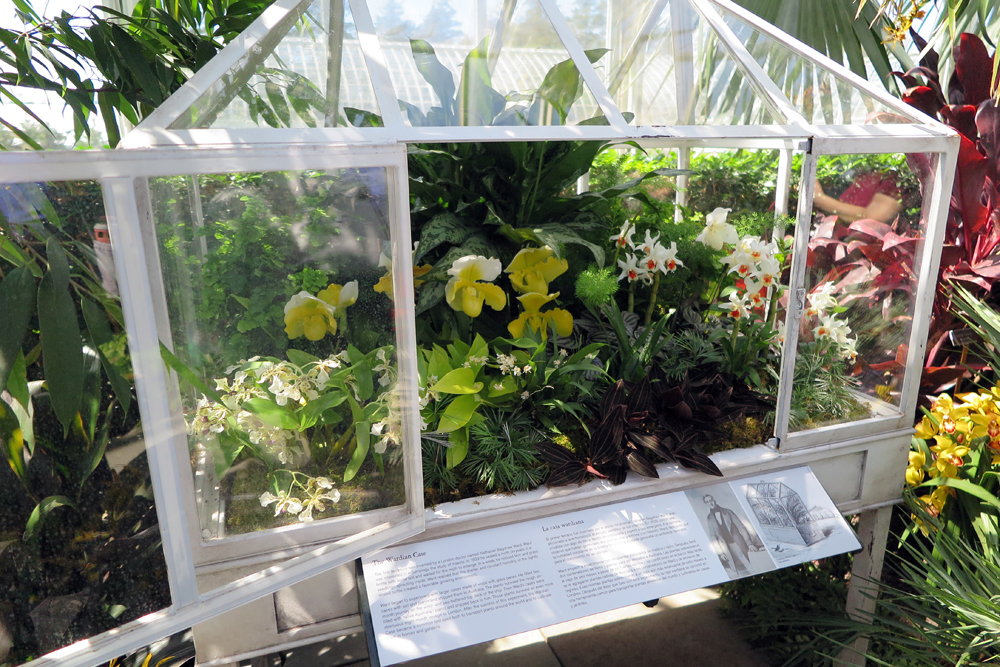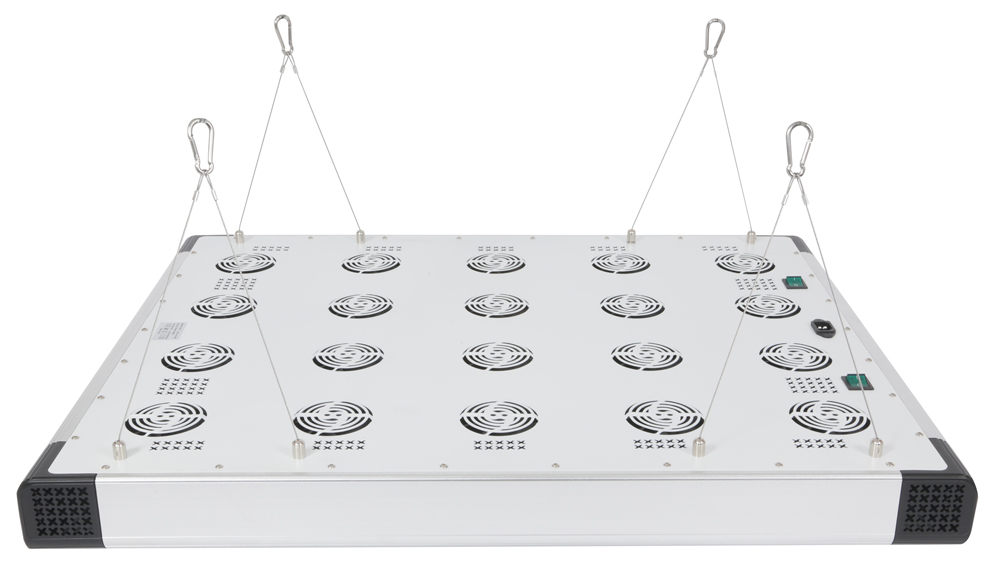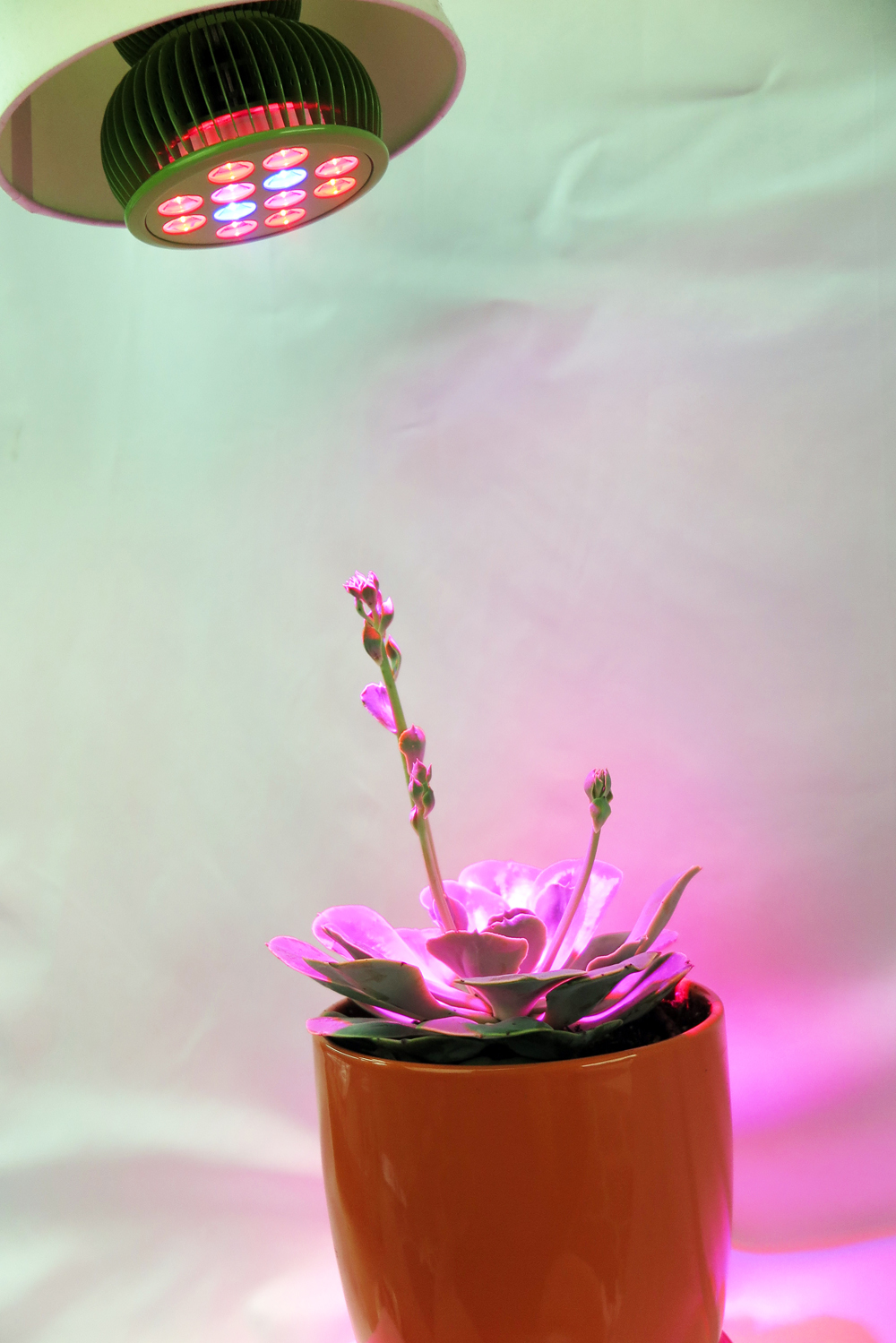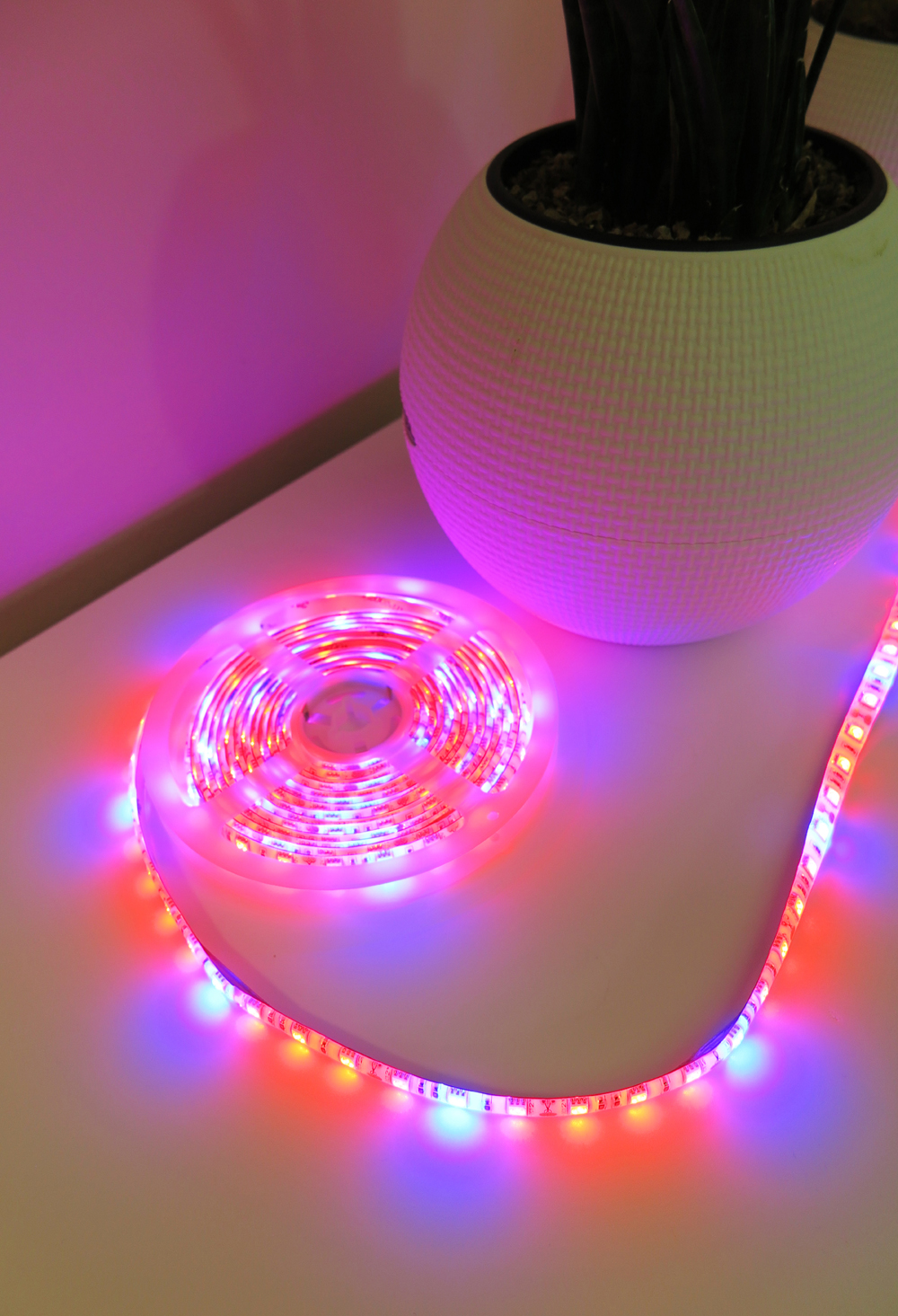Temperature Triggers Flowering in Some Plants
February 11, 2019
Temperature can trigger flowering in some plants. As temperatures cool, respiration slows and sugar storage increases in some plants. Warming temperatures, after this period of cold, can break the dormancy.
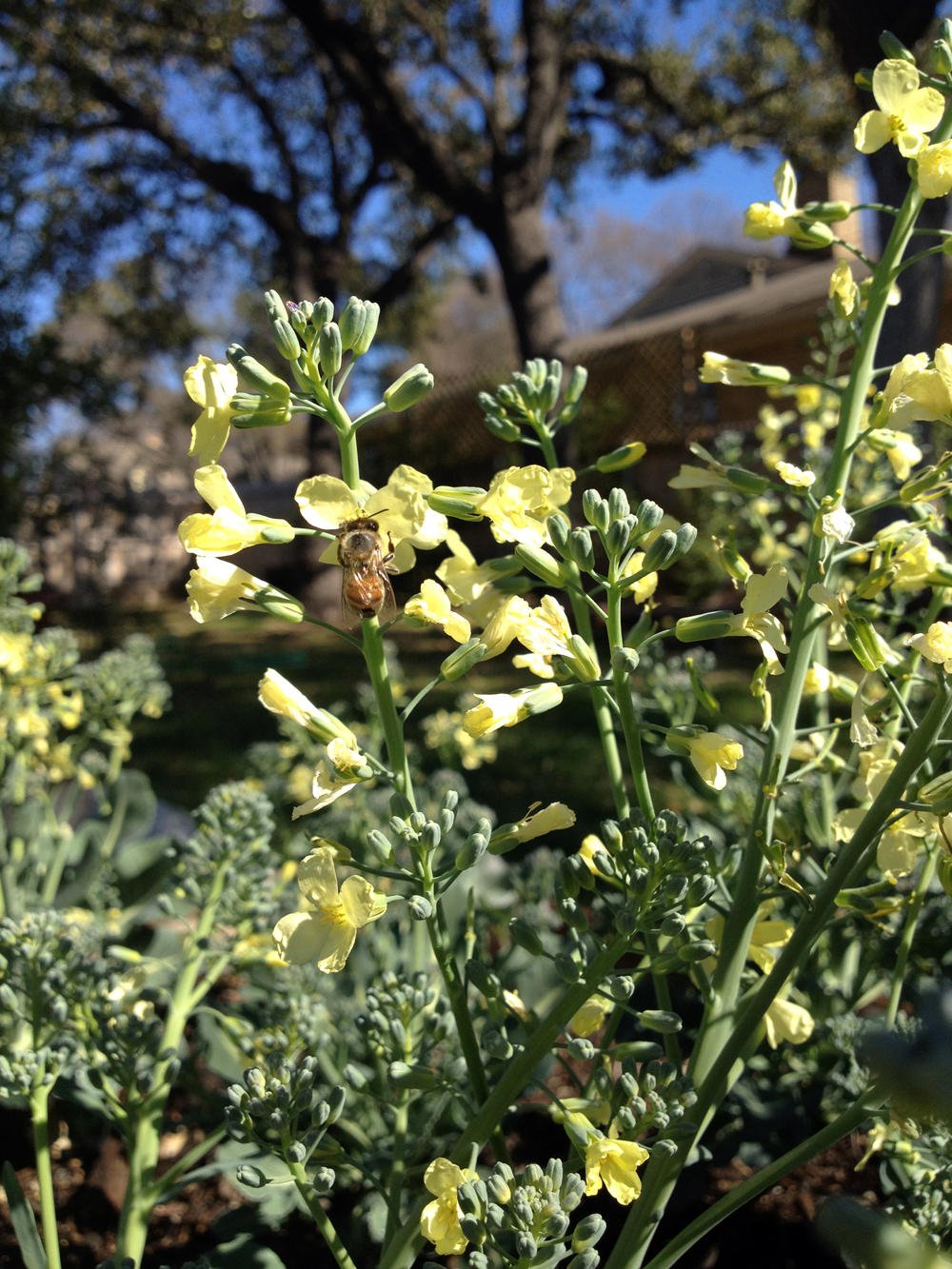
Broccoli going to flower in warm temperatures. The bees love it.
PC: Leslie F. Halleck
Temperature also influences fruit set, fruit ripening, flavor, and even flower color and size.


